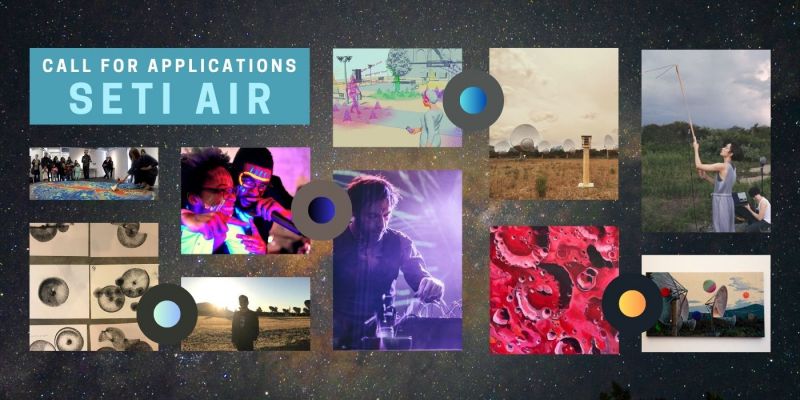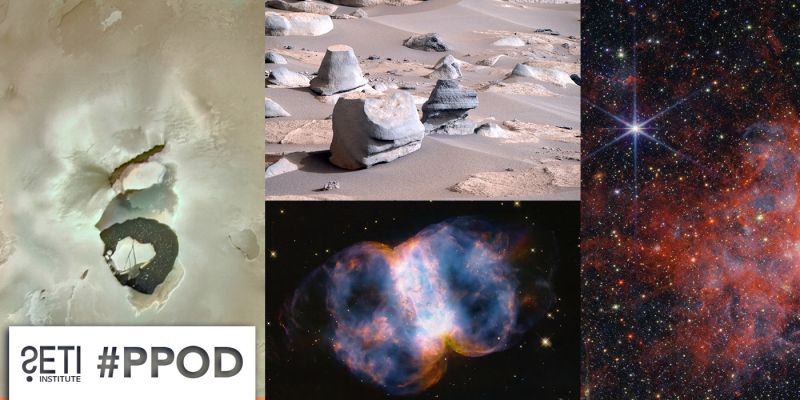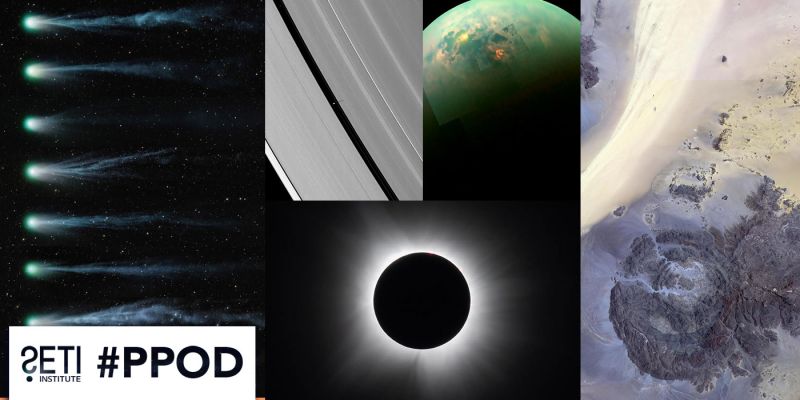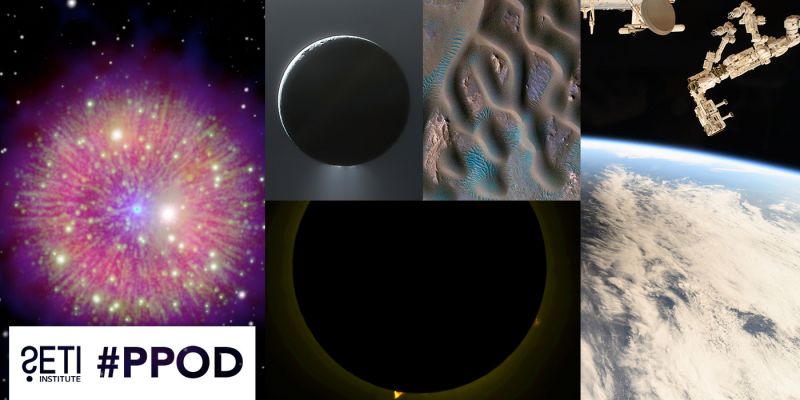
Franck Marchis tells us the story of 2024BX1, the eighth asteroid detected before it reached Earth’s atmosphere, and its grand entrance over Berlin on January 21, 2024. This fiery, but pleasant, surprise stresses why humanity should keep an eye on the sky and continue to study asteroids.
In an event straight out of a sci-fi movie, Dr. Franck Marchis, senior astronomer and director of Unistellar Citizen Science at the SETI Institute, got the kind of phone call that could have been from Hollywood – but this one was real. On a calm Saturday afternoon, January 20, his colleague Dr. Peter Jenniskens, senior research Scientist at the SETI Institute and lead on NASA-sponsored Cameras for Allsky Meteor Surveillance (CAMS), rang him up with news that would have most of us thinking that the world is coming to an end: an asteroid, soon to be known as 2024BX1, was on its way toward Earth, detected just two hours prior. Jenniskens ended the conversation with a laconic “You wanted an early warning for this kind of rare event… well then, here it is.”
Marchis jumped on his laptop and went through his email to learn more about this asteroid, then known by the temporary designation “Sar2736”. It was discovered at 21:48 UTC by Krisztián Sárneczky, a Hungarian geography teacher and night-time hunter of celestial objects, who first sighted the asteroid with his trusty telescope from a mountain station near Budapest. Sárneczky’s dedication, scanning the heavens night after night, paid off when he noticed a speck of light moving against the backdrop of stars – a new visitor from the depths of space. He promptly reported his exciting find to the Minor Planet Center, the central hub for tracking space objects.
The discovery images of the imminent impactor #2024BX1 (aka #Sar2736 ) with the 60-cm Schmidt Telescope at #Piszkéstető Mountain Station, part of Konkoly Observatory (#konkolyobs) in #Hungary. pic.twitter.com/qMcXerhvL4
— Krisztián Sárneczky (@sarneczky) January 21, 2024
With a sense of urgency, the astronomical community sprang into action. Telescopes across Europe zeroed in on the asteroid. The European Space Agency’s (ESA) automated Meerkat system quickly announced good news, relatively speaking – the asteroid was small (~1m), and it would impact our planet near Berlin without catastrophic consequences.
#Asteroid 2024 BX1 was first discovered by @sarneczky at Piszkéstető Station in Hungary about 3 hours before it burned up over Germany. Shortly after, multiple observatories in Europe contributed over 180 observations of this asteroid. pic.twitter.com/Gf4THC1Lkw
— Tony Dunn (@tony873004) January 21, 2024
Marchis, not one to keep such a thrill to himself, tweeted out to the world and to the network of citizen scientists with Unistellar telescopes. Despite the late hour in Europe, one avid citizen astronomer in Vienna, Austria, Mario Billiani, dropped his nighttime routine to join the watch under the guidance of Dr. Ryan Lambert, postdoctoral fellow at the SETI Institute. However, the asteroid was too close by then, and Earth's gravity had won a game of hide and seek with it, eventually hiding the space rock in our planet's shadow.
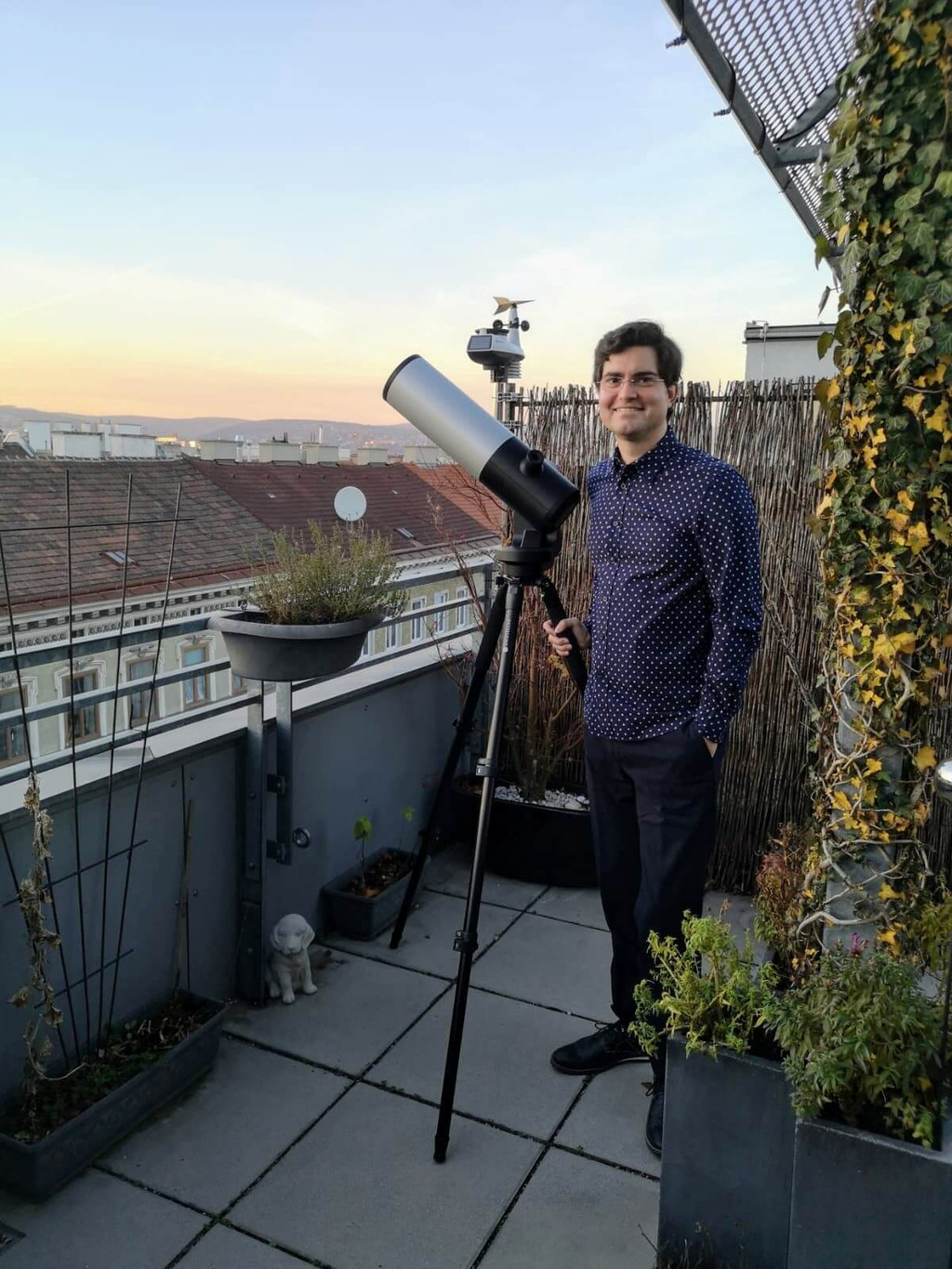
In the meantime, Marchis connected on X (previously known as Twitter) with Michael Aye, one of his colleagues who lives in Berlin. The first message was cryptic “Are you in Berlin? If yes look up. Look toward the west”. Michael was walking his dog quite late that night, but was intrigued. By providing a bit of background, Marchis managed to convince him to take a video of the sky at around 00:32 UT, since a fireball — a meteor appearing brighter than the planet Venus — would likely appear as the asteroid arrived. Despite the short 12-minute warning, Aye agreed to try this, and both astronomers hoped for the best.
While waiting for news from Aye, Marchis watched the asteroid, now known as 2024XB1, make its grand entrance into Earth’s atmosphere, an event captured by multiple web cams across Europe. It happened! Astronomers successfully predicted the arrival of an asteroid in Earth’s atmosphere for the eight time. Marchis was delighted to hear from Aye that he also captured the moment with his cellphone, a video that he posted shortly after on X.
Thanks to my wonderful colleague @allplanets I knew where and when to look for a #meteor coming down over #Berlin tonight. Here's the video! pic.twitter.com/kBhGz6Ahir
— Michael Aye (@michaelaye@mastodon.online) 🇩🇪🇺🇦 (@michaelaye) January 21, 2024
This fireball, which illuminated the sky of Central Europe, had a weird and nearly vertical angle of entry. In addition to its relatively slow motion compared to other meteors, these characteristics make 2024XB1 an interesting candidate for fragment recovery. The impact area is probably near Nennhausen, an area full of agricultural fields, so pieces of the asteroid, called meteorites, might be easily found.
While the world is enjoying those videos, teams of scientists led by Jenniskens are already on the move, hoping to find these space souvenirs. These fragments are more than just rocks; they're time capsules that hold clues to the history of our solar system.
“The story of 2024BX1 isn't just about the science; it's about a network of professionals and amateurs coming together for a common goal – to understand the universe a little better and to marvel at the wonders it throws our way.” Marchis said. “When humanity unites like this, we're all stars.”

